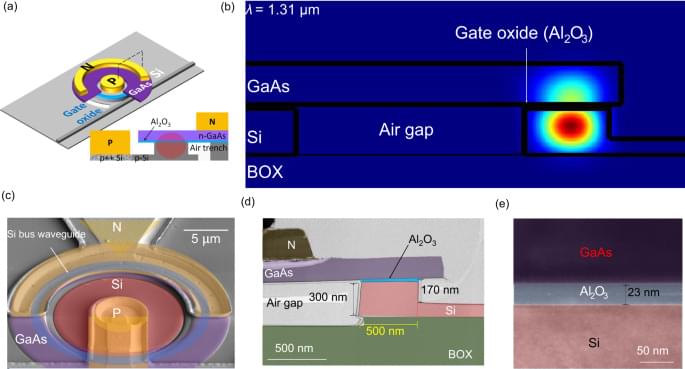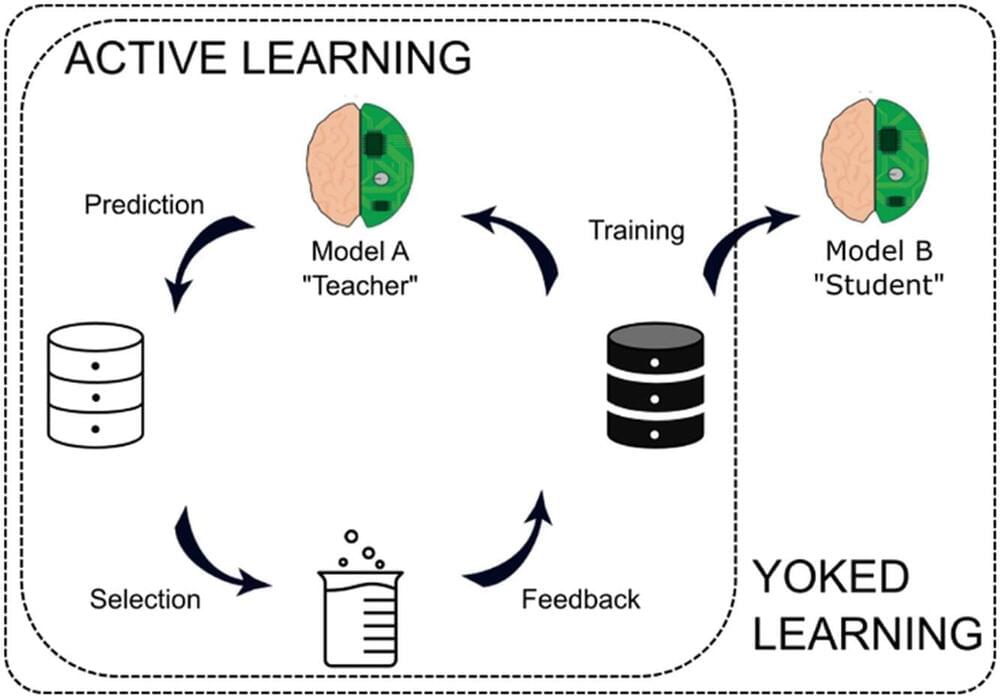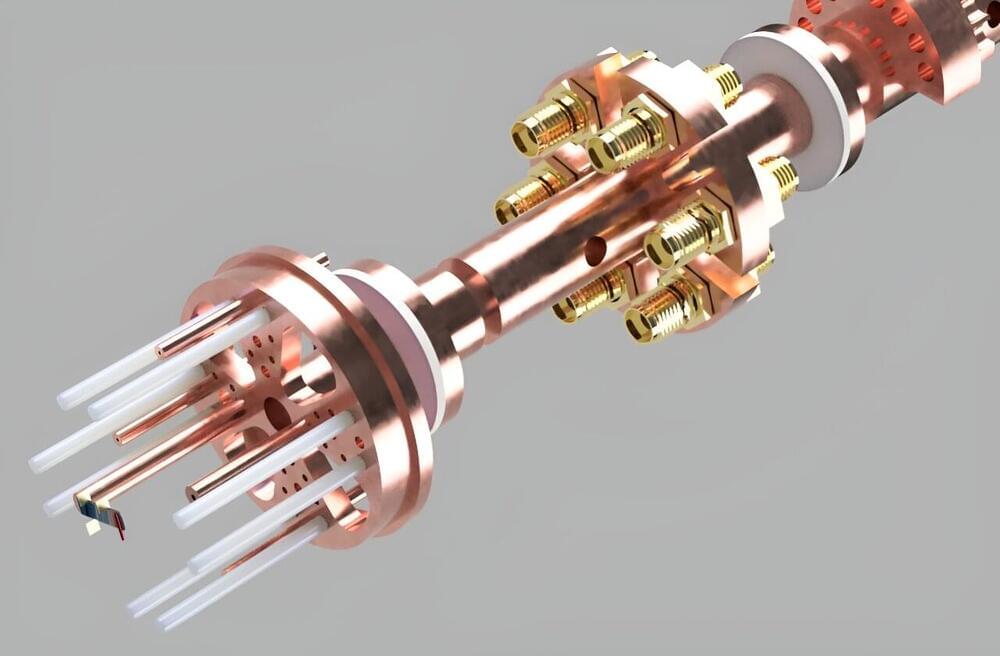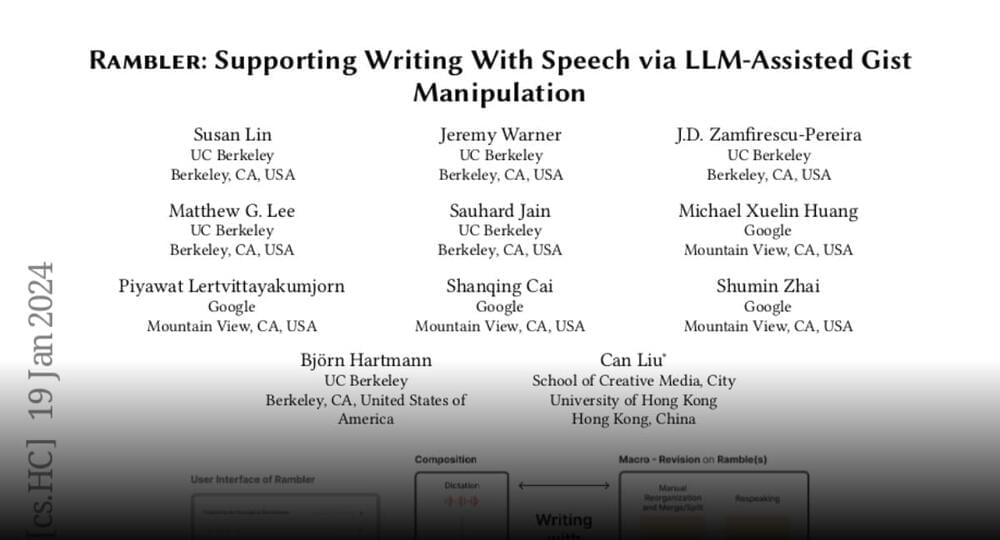Photonic integrated circuits have grown as potential hardware for neural networks and quantum computing, yet the tuning speed and large power consumption limited the application. Here, authors introduce the memresonator, a memristor heterogeneously integrated with a microring resonator, as a non-volatile silicon photonic phase shifter to address these limitations.








